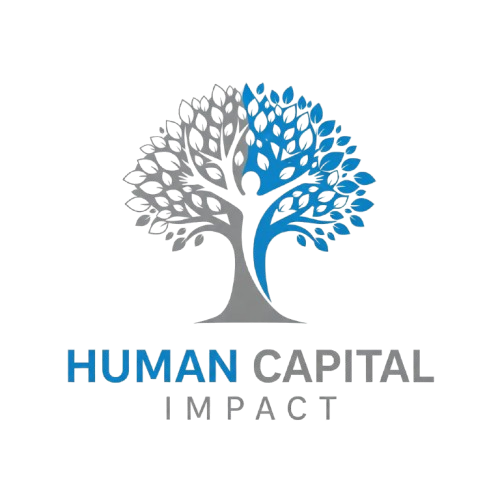The job market today is experiencing an unusual paradox: employers continue to struggle to fill positions despite a large number of job seekers. While businesses report a high demand for experienced individuals, global turnover rates are rising. So, why does the mismatch persist?
A market full of opportunities, yet a hiring struggle
The demand for talent has never been higher. Digital change, economic shifts, and changing work paradigms have all resulted in new career opportunities across industries. Nonetheless, hiring managers continue to report talent shortages, particularly in specialized areas. At the same time, professionals are leaving their employment at record rates. According to research, voluntary turnover remains high after the epidemic, with many employees choosing flexibility, professional progress, and workplace culture over employment stability.
A survey by Robert Walters revealed that half of Gen Z respondents do not aspire to become middle managers, with 70% viewing these positions negatively (ft.com). Additionally, a study by 4 Day Week Global found that successful trials of a four-day work week in countries like Spain, the UK, and Portugal have shown promising results, with employees prioritizing flexibility and work-life balance (cntraveler.com). Research by Work Forward also indicates that removing flexibility can lead to disengaged employees, as workers who must be onsite show the largest drops in engagement, while those in hybrid or fully remote roles feel more connected to their work (businessinsider.com).
Okay, but what causes this imbalance?
The four primary causes of this imbalance are as follows:
1. Skills gap: Many job seekers lack the necessary qualifications, particularly for IT and leadership positions. Upskilling initiatives have not kept pace with significant changes in the industry.
2. Employee priorities are shifting: Although some businesses value strict employment structures more than others, candidates want flexible work hours, chances for advancement, and work that has a meaning.
3. Slow hiring practices: Long hiring cycles result in top personnel leaving before offers are made.
4. Job descriptions and reality don’t match: Companies frequently find it difficult to specify the precise competencies and skills needed, which causes a discrepancy between talent availability and expectations.
How can companies bridge the gaps and find the way forward?
Companies need to reconsider how they handle hiring new employees in order to address this issue. To successfully recruit and retain talent, a company needs to:
- Use skills-based hiring, which focuses on abilities and potential rather than degrees and job titles.
- Make investments in reskilling and upskilling: proactively preparing staff for changing work requirements.
- Strengthen Employer Branding: Establishing a culture that draws and keeps top personnel by providing opportunity for advancement, flexibility, and meaningful work.
- Use Data and AI in Hiring: More intelligent hiring practices that make use of predictive analytics to find and contact qualified applicants more quickly.
The companies that will thrive in the future are those that don’t just aim to fill positions but they focus on building environments where talent flourishes. The balance between job opportunities and workforce readiness isn’t just a hiring challenge, it’s a strategic opportunity to redefine the future of work.

